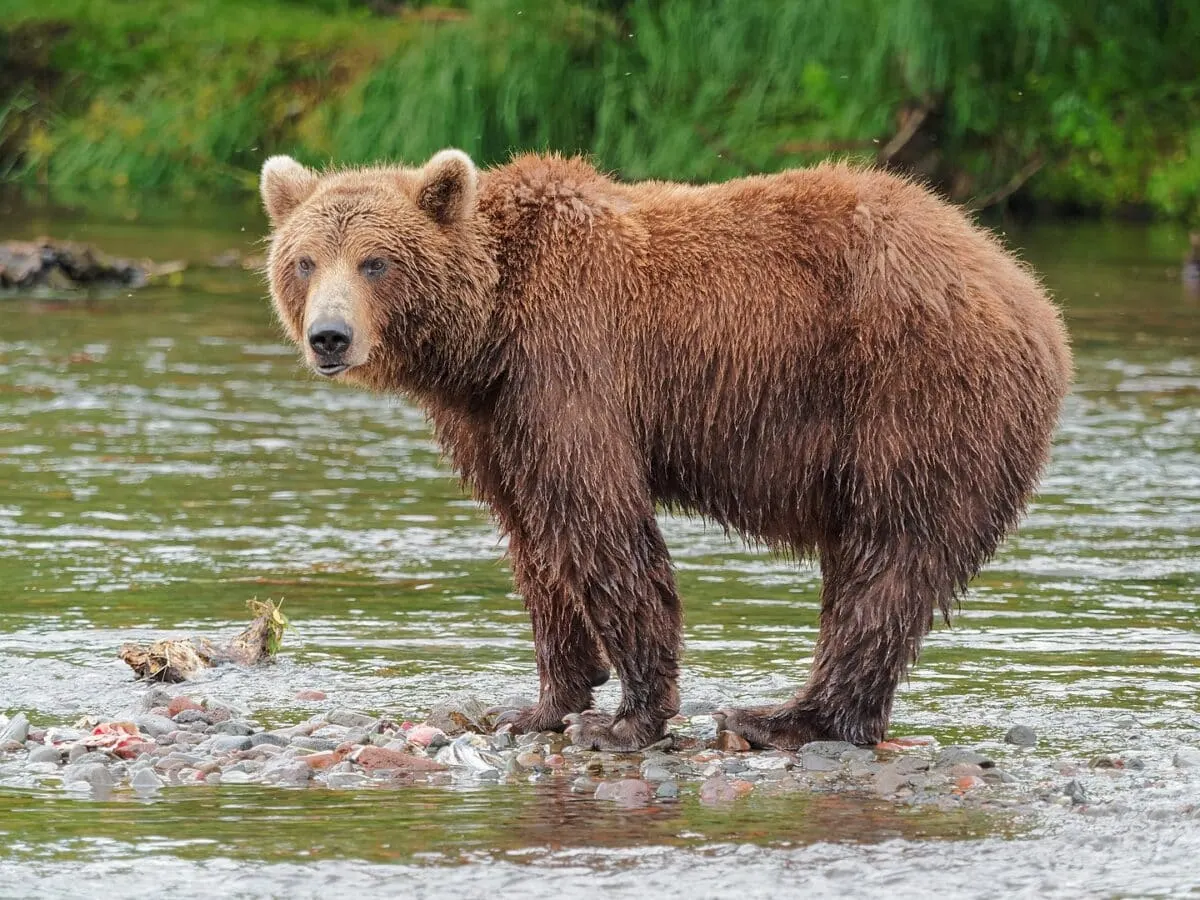Ever think about animals that can eat anything? Many animals adapt to different food components, from scavengers to omnivores. Omnivores consume both plant and animal elements, blending the nutritional functions of carnivores and herbivores.
This blog post looks at ten fascinating examples of animals with varied eating habits. Think outside the box with these unusual mammals, birds, reptiles, amphibians, and even invertebrates!
1. Pigs
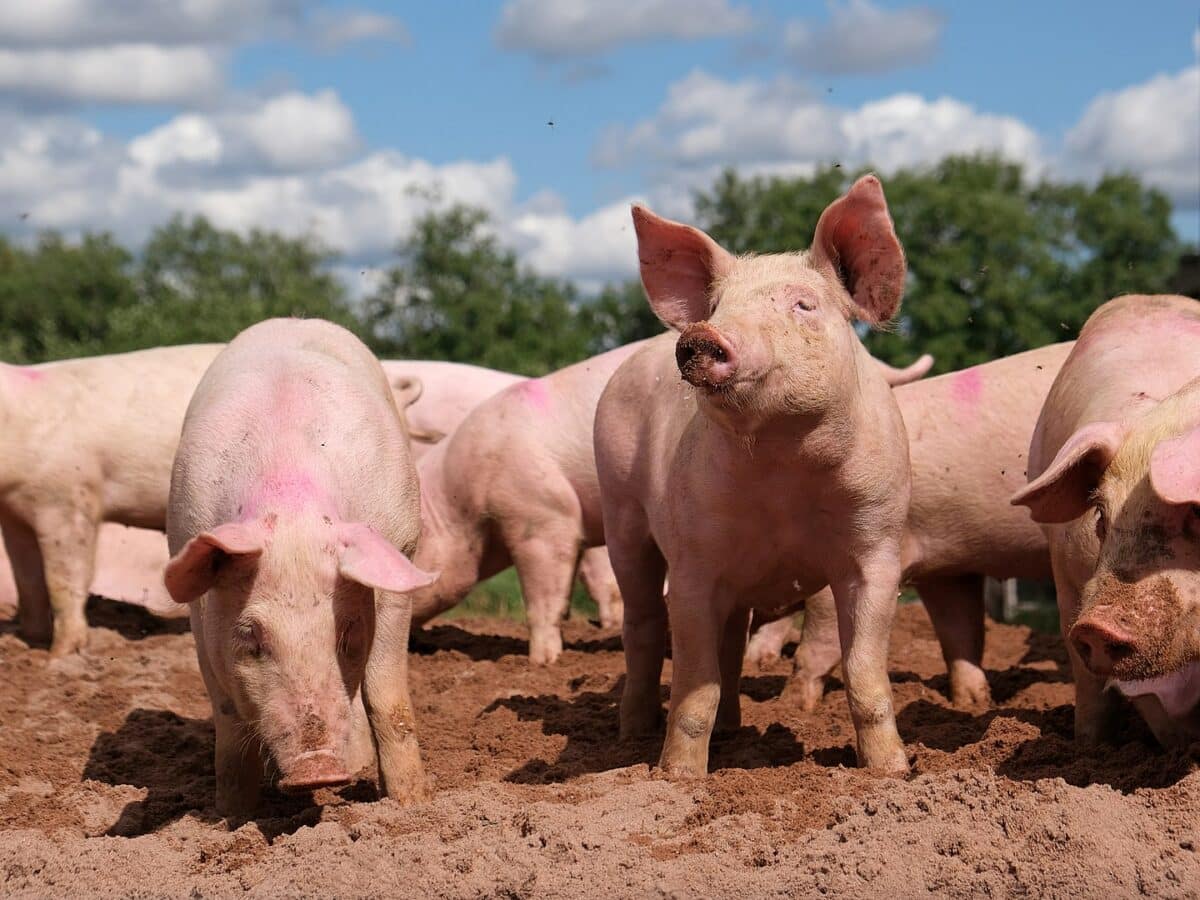
The ability of pigs to eat a wide variety of foods makes them fascinating creatures. They are known to be able to consume nearly anything, including rubbish, fruits, vegetables, and even animal products. Their ability to ingest plant and animal components results from their omnivorous nature.
Pigs have powerful digestive systems developed to digest a range of nutrients. They can eat various foods because they have a four-chambered stomach that allows them to digest their food properly.
Additionally, their keen sense of smell aids them in finding food, particularly when it is buried below. Pigs are known to be skilled scavengers who can consume organic waste and dead animals. Farmers and producers closely monitor pigs’ food despite their reputation for devouring nearly everything to keep them healthy and productive.
2. Raccoons
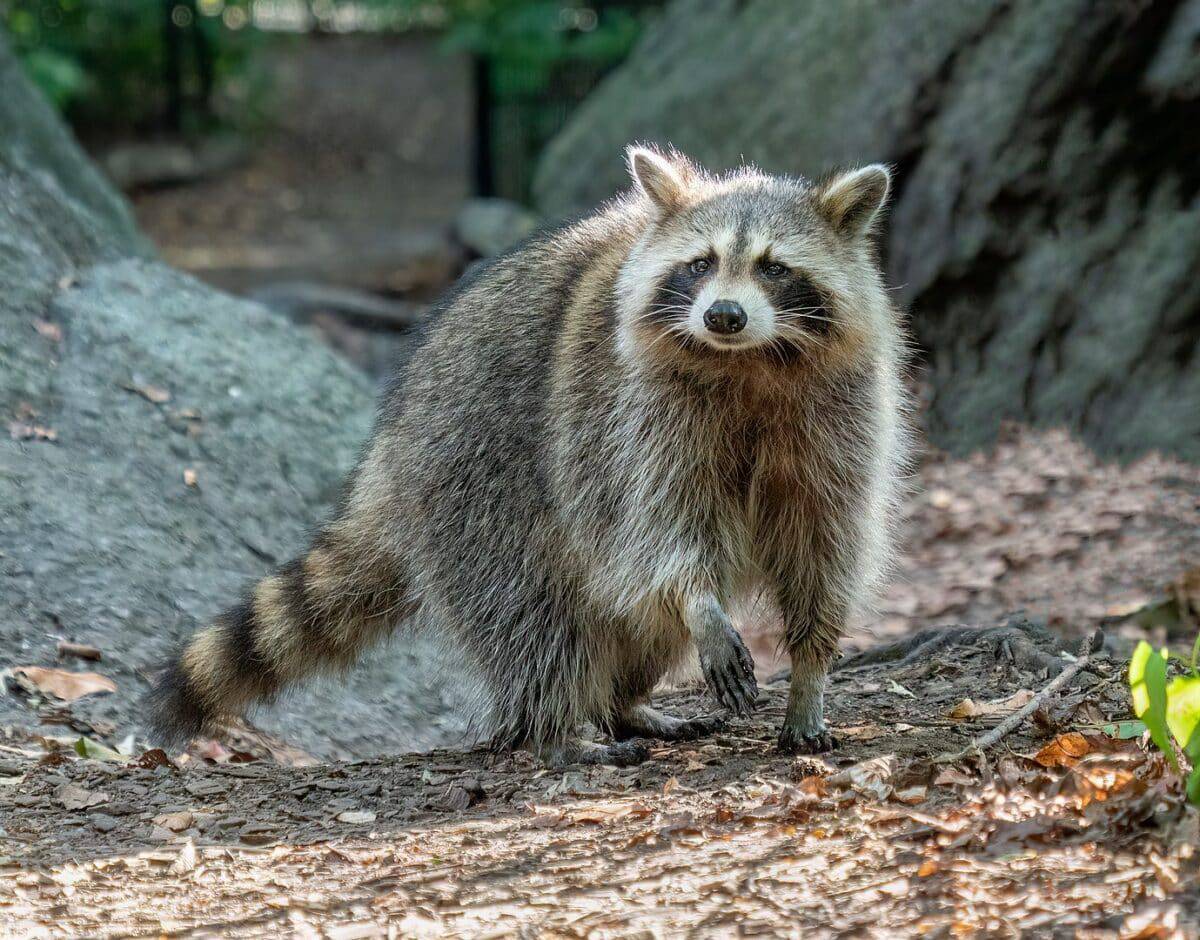
Regarding their food, raccoons may be among the creatures with the greatest adaptability and versatility. Raccoons are omnivores. Therefore, they eat a variety of things, including both plant and animal matter. Their diet may change depending on where they live and the availability of food supplies.
Raccoons are well-known for raiding trash bins and dumpsters in cities in search of food scraps, but in wooded regions, they eat various fruits, nuts, seeds, and insects. The small creatures that raccoons prey on include rodents, frogs, and fish. They are also good hunters and fishermen. Raccoons have been true scavengers since. Interestingly, they have even been seen eating carrion and other dead animals.
Also, Raccoons serve a crucial role in their ecosystems as predators and scavengers, helping to the cycling of nutrients and maintaining a healthy balance of species, despite the sometimes contentious nature of their presence in urban settings.
3. Bears
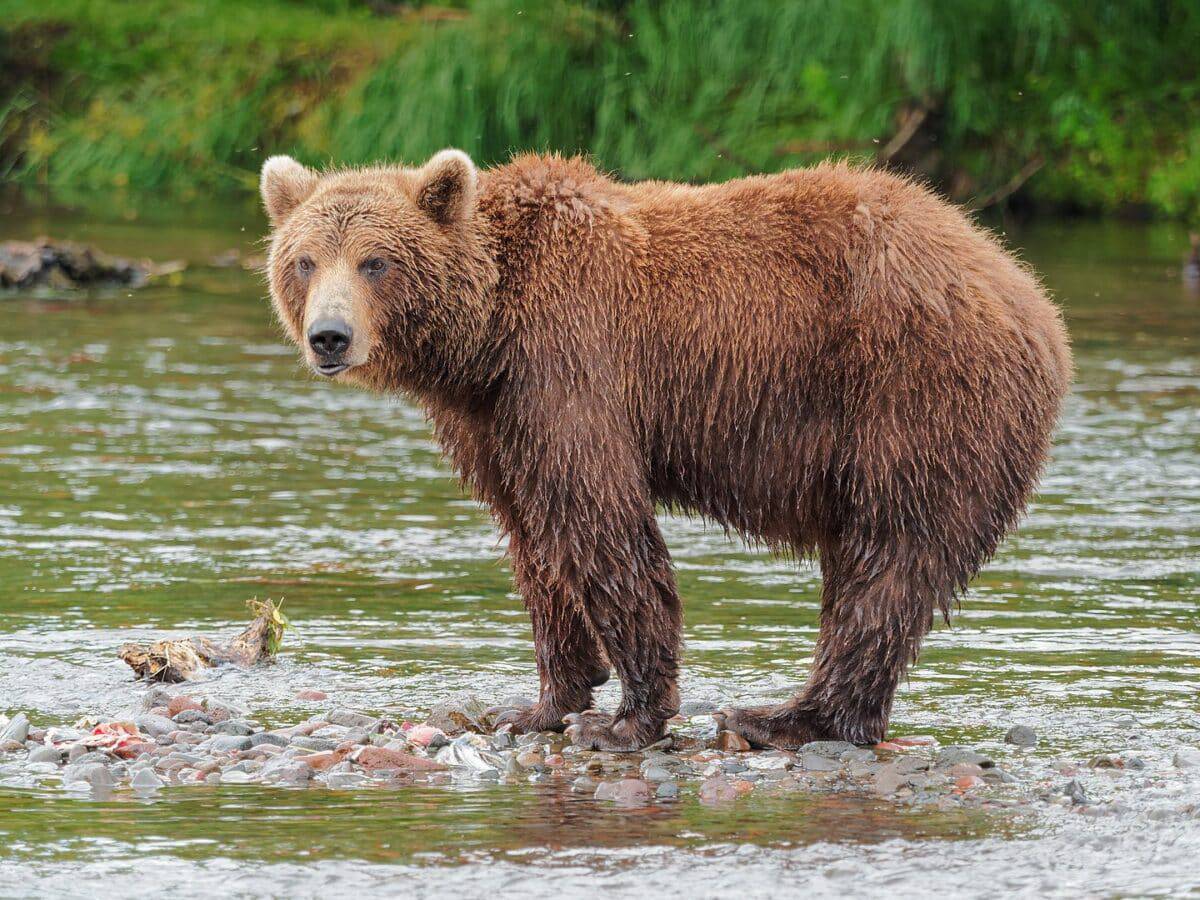
The bear is one of the most well-known omnivorous species in the animal kingdom. Their varied diet includes everything from fish and small mammals to berries and almonds.
Brown bears have incredibly adaptable eating habits and will eat practically anything they come upon. Their digestive system, which has a special digestive tract that can break down tough plant materials like bamboo and bark, is well fitted to their omnivorous proclivities. Strong acids that may dissolve bones and other hard objects can also be produced by their stomachs. This enables them to obtain the maximum amount of nutrition from their diet, which is necessary for survival in hostile situations.
Contrary to popular belief, most bears rely significantly on plant-based foods for their major source of nourishment, making them incredibly adaptable in their eating habits.
4. Humans

Some of the most adaptable omnivores worldwide have been identified as humans. Our wide diversity of taste preferences and capacity to thrive on various plant- and animal-based diets are proof of this. Humans eat various fruits, vegetables, grains, legumes, nuts, and seeds for plant-based diets. Humans eat meals made from animals such as meats, fish, poultry, dairy goods, and eggs. Geographic and cultural factors greatly influence human food patterns.
In contrast to cultures in North America and Europe, which tend to consume more meat and dairy products, some communities in India, Japan, and the Mediterranean region follow plant-based diets. Human dietary patterns are also influenced by climate, food availability, and religious beliefs. Despite these variations, humans have demonstrated significant adaptability regarding their dietary requirements.
5. Crows
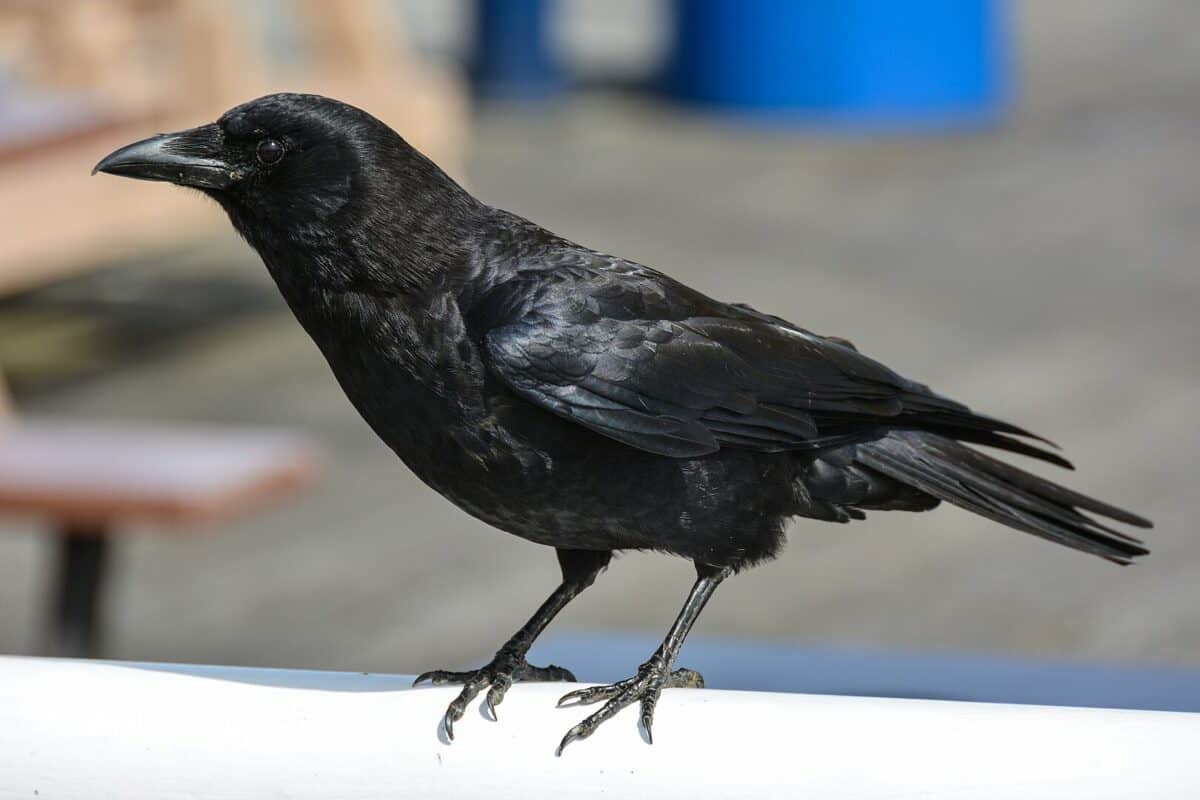
One of the world’s smartest and most adaptive birds is the crow. They can understand cause and effect, solve complex issues, and even use tools to reach their food sources. Crows are omnivorous animals that may eat various foods, including insects, small mammals, fruits, and carrion. Their capacity to transition between various food sources is because their diet mostly depends on the food supply in their habitat.
Research has revealed that crows can recall the location of their food caches, which they can use to survive during times of famine. Crows are extraordinary tool users, which makes them unique among birds. They have been seen reaching for food with rocks, sticks, and even automobiles. Crows have been observed dropping nuts on busy roads, so passing cars can break the shell open and grab the nut inside.
6. Sea Otter
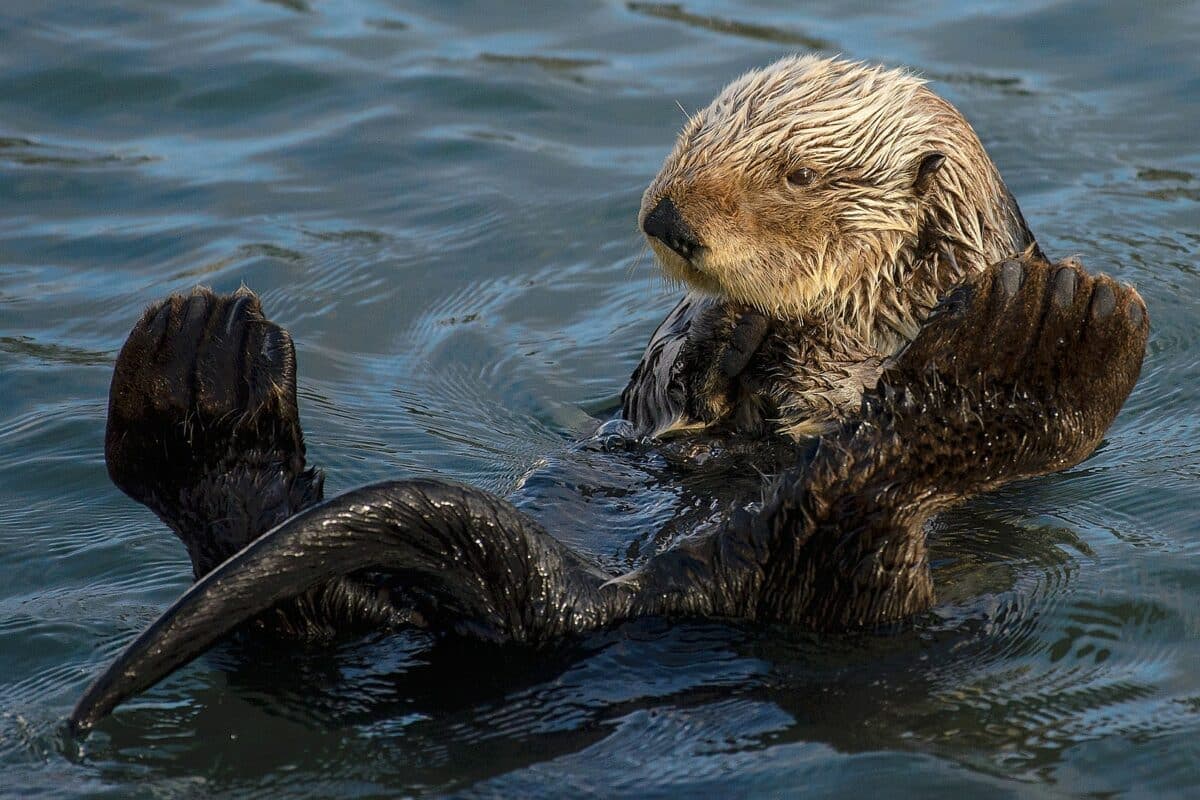
One of the most remarkable instances of adaptable eaters is, without a doubt, the sea otter. This group of fuzzy marine animals eats a variety of seafood, including clams, mussels, abalone, crabs, and sea urchins. However, the fact that they are one of the few species known to use tools to help feed distinguishes their diet from other creatures.
Sea otters utilize boulders to crack open their prey’s tough shells so they may get at the tasty meat inside. In addition to being intriguing to see, this activity is essential for preserving the ecology they live in. Because they consume sea urchins, sea otters help maintain the equilibrium of kelp forest ecosystems by preventing the urchins from overgrazing on the kelp, which allows the kelp to flourish and serve as a habitat and food source for other species.
Thus, sea otters’ diverse diets and feeding habits are essential for preserving the well-being and productivity of the maritime environments they call home.
7. Chimpanzees
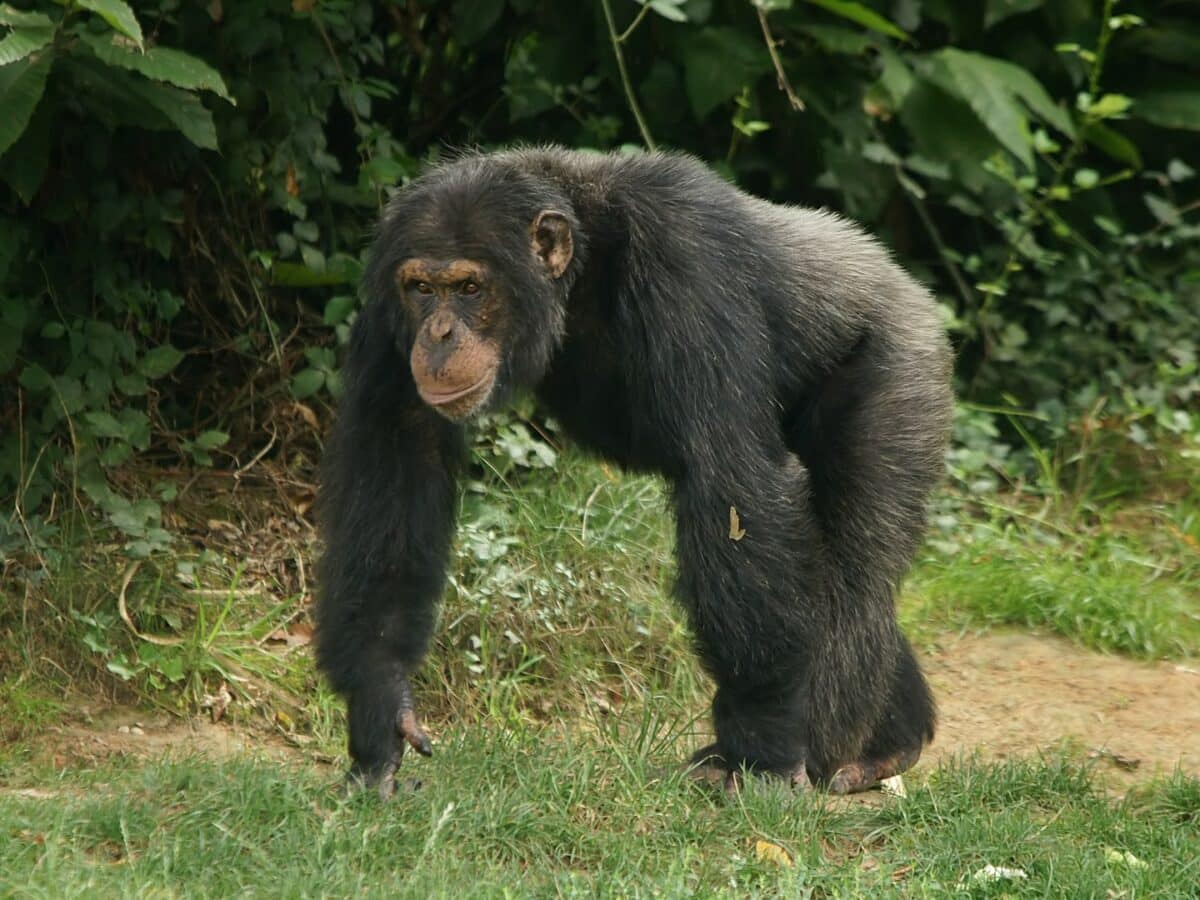
Chimpanzees are intriguing animals who, thanks to their varied eating habits, perfectly exemplify the term “omnivorous.” They regularly hunt and prey on smaller animals like bushbucks, monkeys, and birds, unlike other primates who only consume plant-based foods.
Additionally, they eat insects like termites and ants, frequently removing the prey from their nests using tools like sticks and twigs. Fruits, leaves, flowers, and bark comprise a sizable portion of their diet plant components. These feeding habits have helped chimpanzees succeed in evolution by allowing them to adapt to and thrive in various situations.
Furthermore, their capacity for hunting and eating meat is a superb survival tactic that supplements their nutritional needs and secures their survival, particularly in areas with limited food resources. Overall, chimpanzees’ adaptability and success as a species depend heavily on how diverse their diets are.
8. Skunks
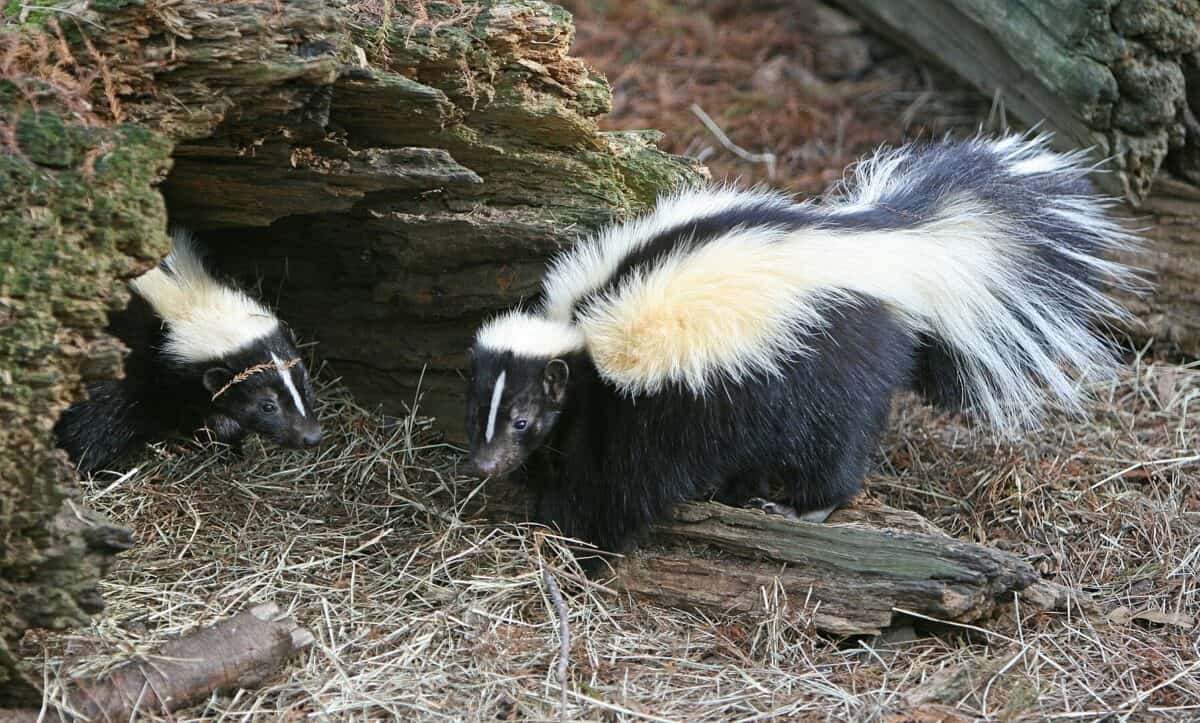
Skunks, members of the Mephitidae family, are amazing animals. They are infamous for using offensive-smelling fluids as a protective strategy when threatened or assaulted. Skunks are very adaptive animals with a varied diet despite their offensive stench.
They are great eaters and eat various items, such as insects, fruits, vegetables, and small mammals. They are opportunistic omnivores. Skunks find their prey and food sources using their senses of sight, smell, and touch. They have acute senses, and their sense of smell especially aids them in discovering insects and other small underground organisms. Skunks are omnivores. However, they are not scavengers and don’t eat dead animals. Instead, they favor scavenging for still-edible food or hunting fresh prey.
Skunks are among the most adaptable and ingenious creatures in the animal kingdom because their varied diets are crucial to survival.
9. Iguanas
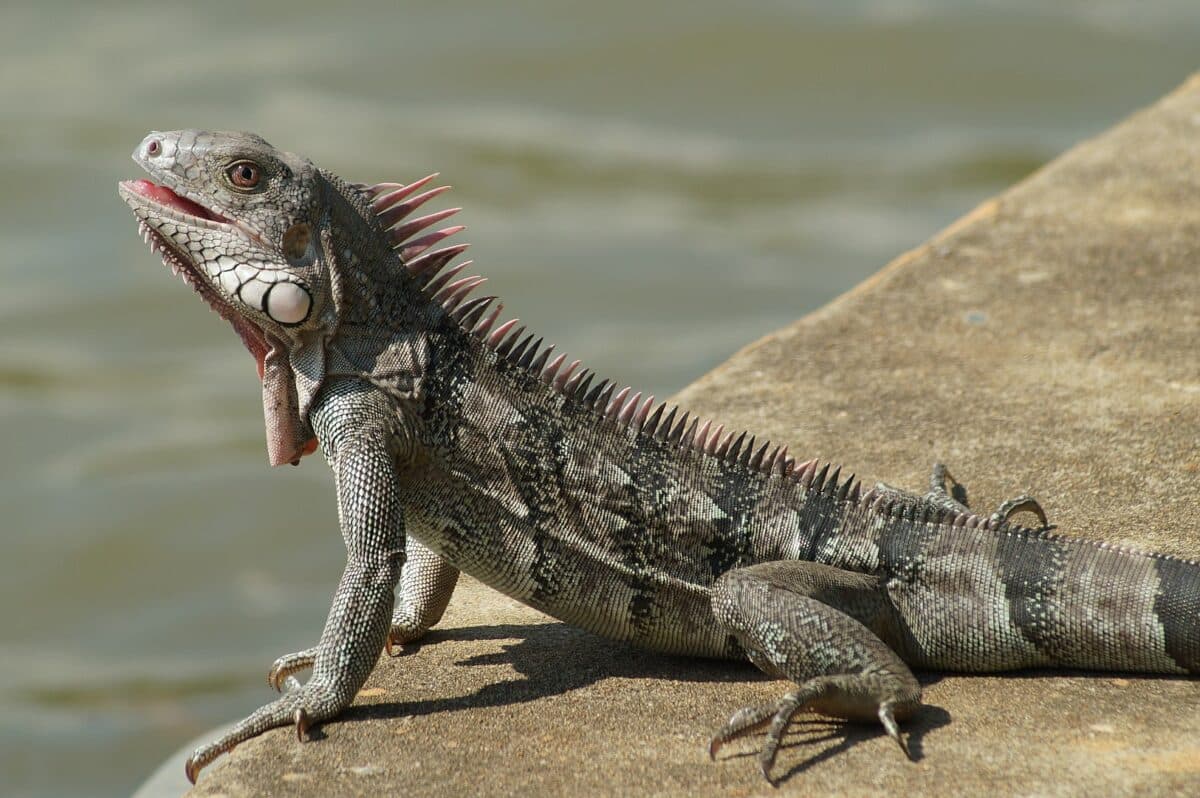
Iguanas are intriguing animals that are remarkably adaptable in their eating preferences. These magnificent reptiles are considered versatile omnivores, meaning they can eat plant and animal items. Iguanas are known to eat insects and small animals like mice and birds in addition to the flowers, fruits, and other plant materials that make up most of their diet.
Moreover, Iguanas can break tougher plant materials and catch small prey with the help of their strong, pointed teeth. They have survived in various environments, from the tropical rainforests of Central and South America to the deserts of North America, because of their special capacity to modify their diet in response to available resources and environmental conditions. Iguanas are an essential ecosystem component because they can digest difficult plant components and derive their nutrients.
Iguanas are a successful species, and their adaptation in terms of feeding serves as a crucial reminder of the tremendous adaptability of the animal realm.
10. Anteaters
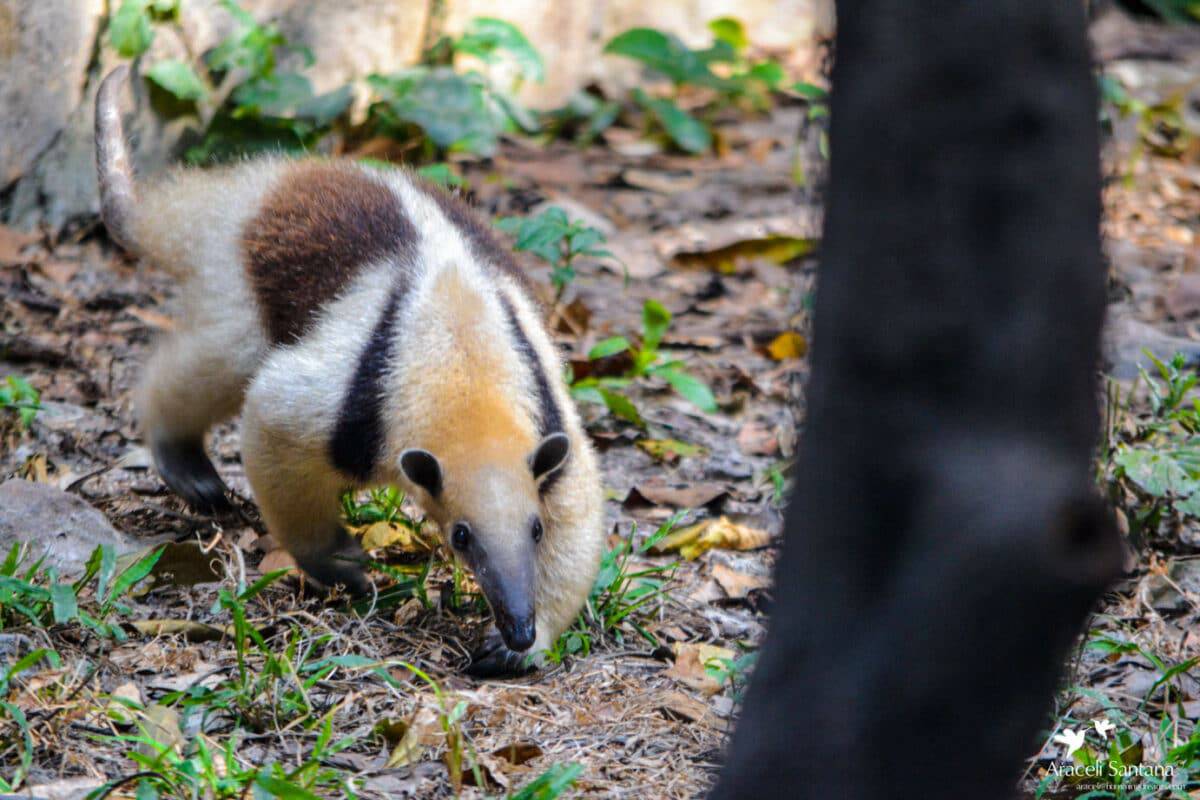
Long snouts and the astonishing capacity to eat enormous quantities of ants and termites distinguish the interesting creatures known as anteaters. Despite being insectivores, these animals add fruit to their diet to get the vital nutrients and energy it need.
Anteaters are well-adapted in their ecological function as predators of social insect colonies. Their strong sense of smell aids in finding hidden nests, and they can extract prey with two-foot-long tongues. An interesting fact about anteaters is that they have a special digestive system that enables them to eat a lot of insects without getting poisoned by the chemicals in the insects’ poisons.
They also have low metabolic rates, enabling them to preserve energy and live off a nutrient-rich diet. Without anteaters, there might be an excess of social insects, resulting in an unbalanced biodiversity. Anteaters are fascinating animals with incredible adaptations that show the adaptability of omnivorous species.
FAQs
What are some examples of omnivorous mammals?
A variety of omnivorous mammals exist in different parts of the world. Some of the most well-known examples include black bears, raccoons, opossums in North America, wild boars and badgers in Europe and Asia, and primates like chimpanzees and humans in Africa. These mammals have adapted to their habitats by consuming plant and animal matter, providing them with a greater variety of nutritional options.
Are there any omnivorous birds?
Yes, several species of birds have omnivorous diets. Pigeons, for example, are considered opportunistic omnivores since they feed on various food sources, including seeds, berries, insects, and even small rodents. Another notable omnivorous bird is the crow, which has been observed consuming both animal carcasses and fruits. Additionally, some species of ducks and geese consume aquatic plants, fish, and shellfish.
Are all amphibians strictly herbivorous or carnivorous?
No, not all amphibians have completely herbivorous or carnivorous diets. Some species of frogs and salamanders are known to consume both plant material and insects, making them omnivorous. For instance, the red-spotted newt is a salamander that feeds on insects, crustaceans, algae, and aquatic plants. Other amphibians, such as the cane toad and the giant waxy monkey frog, consume a wider variety of food, including small vertebrates and invertebrates, making them generalist feeders.
The Bottom Line
To sum up, omnivorous animals are among the most fascinating species in the world. They can thrive in a variety of environments and endure harsh conditions because of their adaptability in terms of food preferences. Numerous omnivorous species exist in the animal realm, ranging from bears and raccoons to birds and invertebrates.
They have an advantage over other species in the natural world because of their capacity to adjust to shifting food sources and get around resource shortages. We learn more about the intricate interplay between ecology, evolution, and behavior as we investigate and research these amazing species.
In the end, they serve as a reminder of the extraordinary variety of life on Earth and the complex relationships that support it.
If you enjoyed this blog, read more on:
Top 10 Gay Animals – Exploring Homosexuality
Join our Forum for free today!

- Usain Bolt vs. Peregrine Falcon – Speed Test in Their Domains - May 18, 2024
- Top 10 Animals in Yellowstone National Park - April 12, 2024
- Top 10 Omnivores - March 9, 2024

